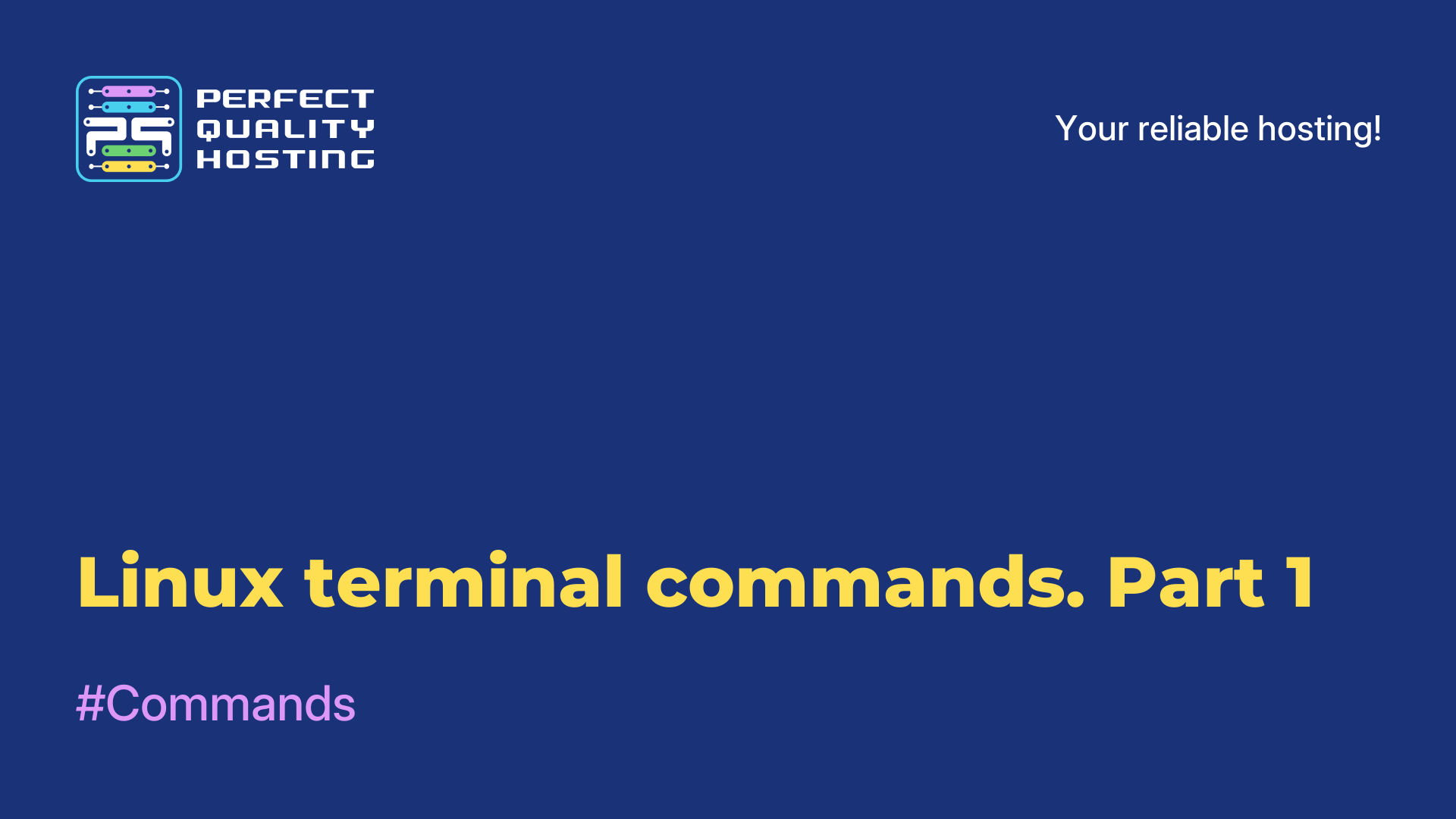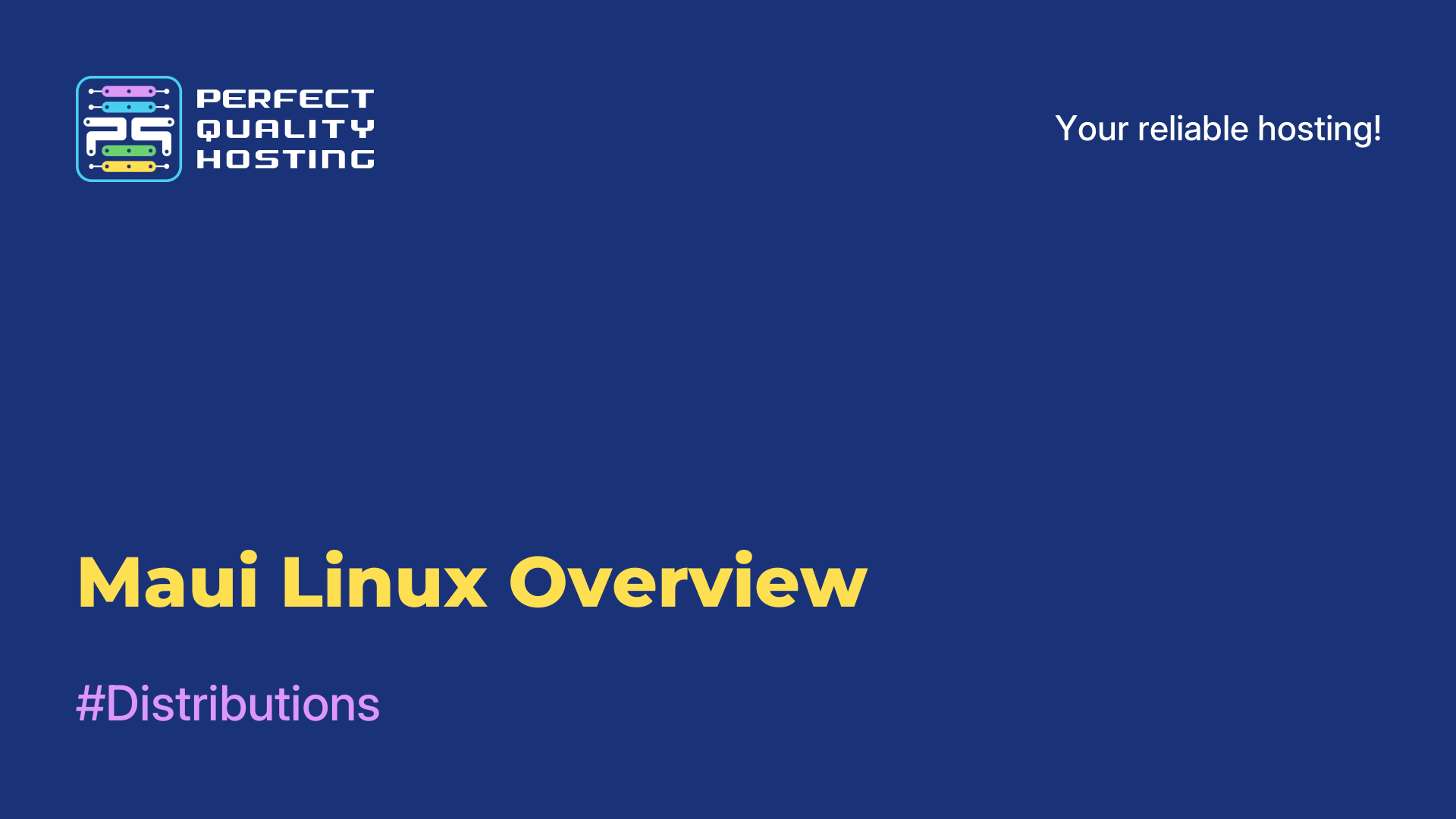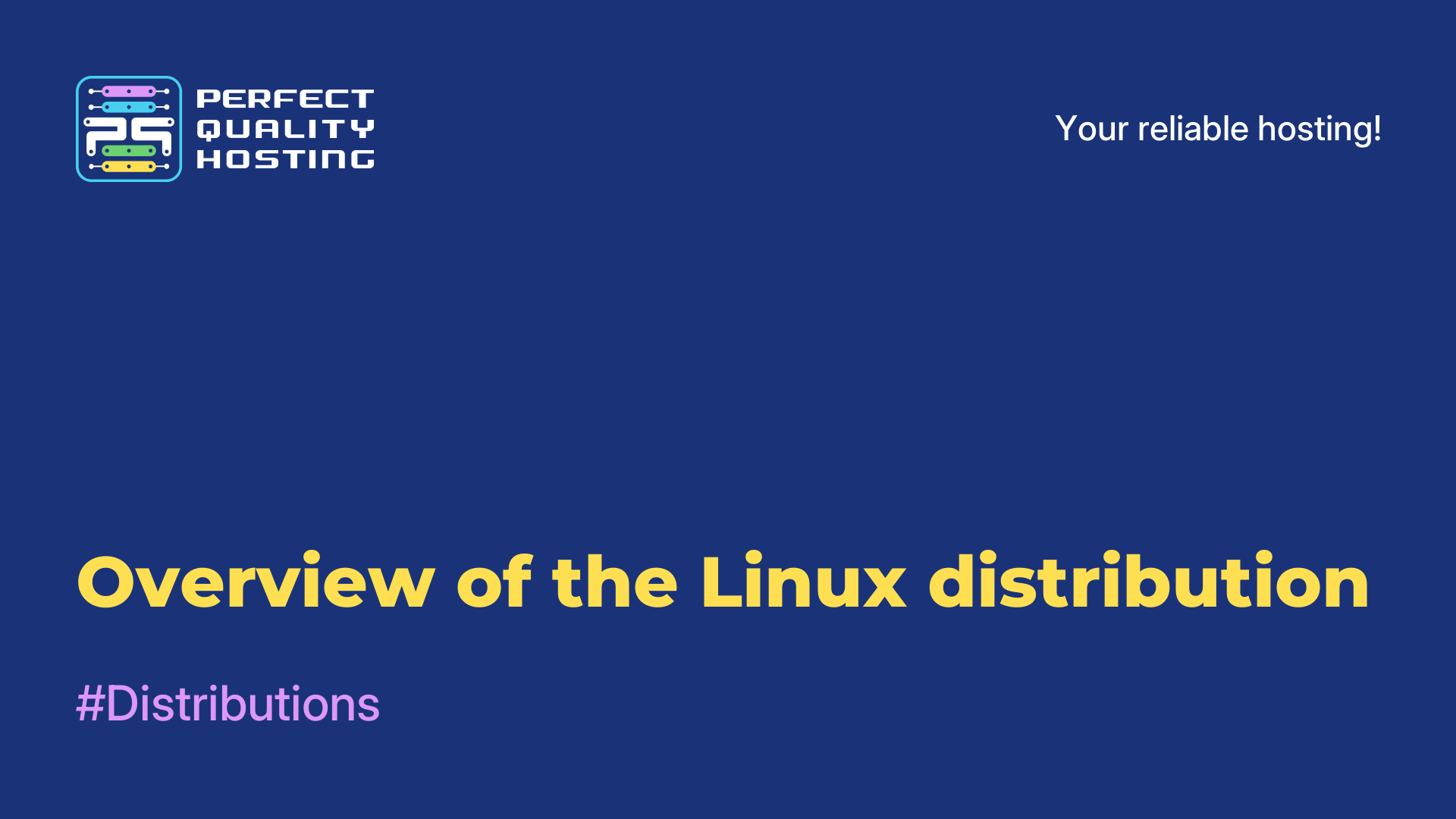-
United Kingdom+44 (20) 4577-20-00
-
USA+1 (929) 431-18-18
-
Israel+972 (55) 507-70-81
-
Brazil+55 (61) 3772-18-88
-
Canada+1 (416) 850-13-33
-
Czech Republic+420 (736) 353-668
-
Estonia+372 (53) 683-380
-
Greece+30 (800) 000-02-04
-
Ireland+353 (1) 699-43-88
-
Iceland+354 (53) 952-99
-
Lithuania+370 (700) 660-08
-
Netherlands+31 (970) 1027-77-87
-
Portugal+351 (800) 180-09-04
-
Romania+40 (376) 300-641
-
Sweden+46 (79) 008-11-99
-
Slovakia+421 (2) 333-004-23
-
Switzerland+41 (22) 508-77-76
-
Moldova+373 (699) 33-1-22
 English
English
How is Maui Linux better than other distributions?
- Main
- Knowledge base
- How is Maui Linux better than other distributions?
Maui Linux is a Linux operating system distribution based on Ubuntu and KDE Plasma
Features of the Maui Linux distribution
Some features of Maui Linux:
- KDE Plasma: Offers KDE Plasma as the main working environment. KDE Plasma is a modern and functional desktop that has many personalized features.
- Widgets and Taskbar: Provides a wide selection of widgets and customizable taskbars, allowing users to customize their desktop to their liking and needs.
- MauiKit: Based on MauiKit, an application development toolkit that simplifies the creation and deployment of native applications. It includes various libraries and tools that facilitate the development process.
- Integration with Cloud Services: Provides integration with popular cloud services such as Nextcloud and ownCloud. This allows users to conveniently sync and share files with other devices and other users.
- Android Application Support: Provides the ability to run native Android applications on the desktop. This gives users access to a wide range of applications and extends the functionality of the system.
- Built-in Development Tools: Comes with a set of development tools, including the KDevelop environment, which facilitates the development and debugging of applications.
- Multimedia Support: Includes advanced multimedia support, including the ability to play audio and video files, as well as access to various media codecs.
- Lightweight: Designed with an emphasis on performance and operational efficiency. The distribution has low hardware requirements and can run on old and weak computers.
- Maui Application Center: Comes with its own Maui Application Center, which provides a convenient way to install and update software.Package
- Contents: offers a wide selection of pre-installed applications, including office suites, graphic editors, web browsers and many others.
These are just some of the features of Maui Linux that make it an attractive choice for users looking for a reliable and functional Linux operating system.
Disadvantages of the distribution
Despite the many advantages, Maui Linux has some disadvantages:
- Limited Support community: Does not have as wide a user community as some more popular Linux distributions. Therefore, it can be difficult to participate in the community and get support.
- Limited software selection: Although it provides pre-installed applications, the choice of software in the Maui Linux society is not so wide. This may restrict users from finding the specific software they may need.
- Not such broad support for hardware devices: Linux distributions often face the problem of not having full support for hardware devices due to limited support from manufacturers. It is possible that some devices may be unstable or may not work with Maui Linux at all.
- Lack of some advanced features: May not have some advanced features that may be available in other Linux distributions. This may be a disadvantage for experienced Linux users who are looking for certain features or capabilities.
- Limited documentation: Since Maui Linux is a less common distribution, its documentation may be limited or not fully updated. This can make it difficult for users to find information and solve problems.
Ultimately, the choice of Maui Linux or any other Linux distribution depends on the individual preferences and requirements of the user. It is necessary to take into account both the pros and cons to determine whether it meets your needs.
Installation Instructions
Here is a step-by-step guide to installing Maui Linux:
- Download the Maui Linux image from the official website. This is usually a file with the .iso extension.
- Create a bootable device, for example, a USB flash drive, using a program for creating bootable media, such as Etcher or Rufus. Write the Maui
- Linux image to the selected device.
- Prepare the computer for installation. Make sure that you have backups of all important data, as the installation may lead to data loss on the hard disk.
- Connect the boot device to the computer and restart it.
- During the computer boot process, enter the BIOS or boot menu by pressing a specific key (usually F2, F12, Del or Esc). In the menu, select boot from USB or DVD, depending on which media you used.
- After booting from the boot device, the Maui Linux Installer screen will appear. Select a language and proceed to the next step.
- Select the installation mode (usually "Install Maui Linux") and follow the on-screen instructions. You may need to select a partition on your hard drive to install Maui Linux.
- Then you will need to set up a password for the administrator account (root) and create a user account.
- After completing the configuration step, you will be prompted to restart your computer. Perform a reboot.
After restarting, your computer will be running with Maui Linux installed. You will need to perform subsequent system settings and updates, as well as install additional software according to your needs.
How is Maui Linux better than other distributions?
Maui Linux has several features that make it an excellent choice compared to other distributions:
- Performance-oriented: Designed in such a way as to ensure high performance and high performance. It uses lightweight components and is optimized to work even on old or weak computers.
- User Interface: Offers a beautiful and intuitive user interface that is easily customizable. It is based on the popular KDE Plasma desktop, which offers many features and a beautiful design.
- Unique Features: Includes some unique features that are not always present in other distributions. For example, MauiKit illustrations and the Maui Apps framework allow you to create cross-platform applications and content.
- Flathub Support: Comes with support for Flathub, a popular Flatpak repository that offers many applications to install and use in the distribution. This makes it easier to install and update applications.
- Active community: It is being actively developed and supported by a community of developers and users, which means that you can count on support and updates.
Maui Linux is a flexible and powerful Linux distribution that combines good performance, an attractive user interface and unique features that make it a good choice compared to other distributions.






































